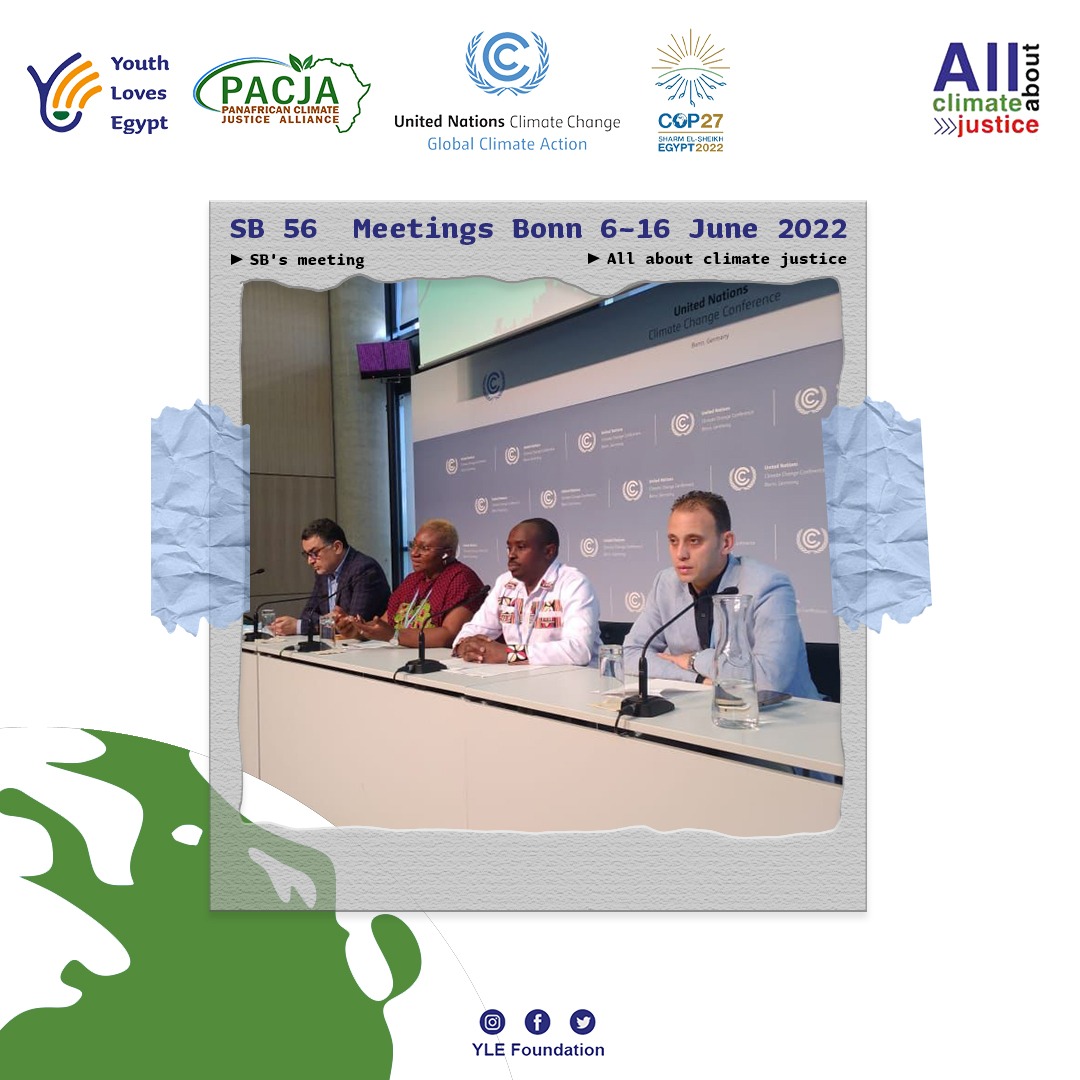Infectious diseases pose a significant threat to wildlife, exacerbating challenges with the emergence of climate change and its impact on natural ecosystems. Addressing these diseases is crucial for safeguarding biodiversity and maintaining ecosystem health.
The effects of climate change, including shifts in temperature and precipitation patterns, can alter the distribution and prevalence of infectious diseases. This can disrupt ecological balances and lead to declines in species populations. For example, rising temperatures may expand the geographic range of disease vectors, exposing new populations to pathogens.
To mitigate the impact of infectious diseases on wildlife, proactive measures are essential. This includes the development of effective vaccines and treatments tailored to the unique needs of wildlife species. Additionally, implementing preventive strategies such as disease surveillance, habitat management, and control of disease vectors can help limit the spread of pathogens.
According to the World Wildlife Fund (WWF), infectious diseases contribute to approximately 40% of wildlife population declines globally.
A study published in the journal Nature Communications found that climate change is projected to increase the transmission of vector-borne diseases, such as malaria and Lyme disease, to new regions, posing a threat to biodiversity.
The International Union for Conservation of Nature (IUCN) reports that infectious diseases, exacerbated by climate change, are a leading cause of amphibian declines worldwide, with over 40% of amphibian species currently threatened with extinction.
Preserving biodiversity requires concerted efforts to address the complex interplay between infectious diseases and climate change. By investing in research, implementing preventive measures, and promoting habitat conservation, we can better protect wildlife populations and ensure the resilience of ecosystems in the face of emerging health threats.





